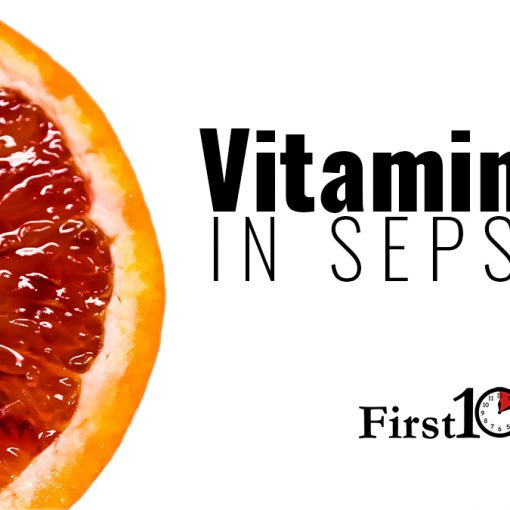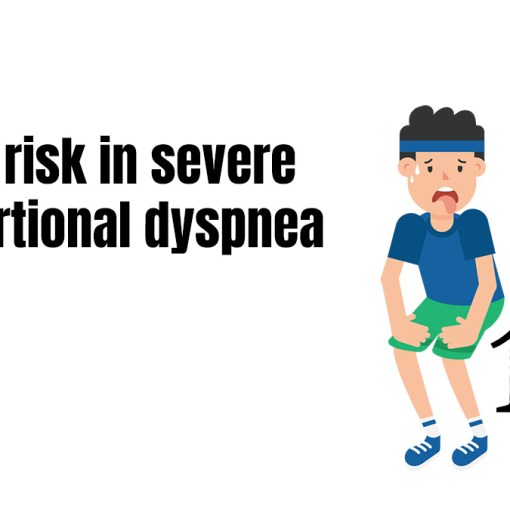Morgenstern, J. Calcium for of out hospital cardiac arrest: the COCA trial, First10EM, December 6, 2021. Available at:
https://doi.org/10.51684/FIRS.123716
It is not as popular in emergency medicine as magnesium, but there are definitely circles that love calcium and use it liberally in cardiac arrest, while others almost never prescribe it. Calcium is important in cardiac physiology, so it is not hard to formulate a physiologic rationale for its use in cardiac arrest. On the other hand, it is hard to imagine an electrolyte making the difference in a patient without a pulse, and there are a lot of competing priorities when managing a cardiac arrest. Luckily, we no longer have to engage in these theoretical debates; we now have a large RCT (the COCA trial) looking at the question of empiric calcium in out of hospital cardiac arrest.
The paper
Vallentin MF, Granfeldt A, Meilandt C, et al. Effect of Intravenous or Intraosseous Calcium vs Saline on Return of Spontaneous Circulation in Adults With Out-of-Hospital Cardiac Arrest: A Randomized Clinical Trial. JAMA. 2021 Nov 30. doi: 10.1001/jama.2021.20929. PMID: 34847226
The Methods
This is a placebo-controlled, double-blind, superiority, randomized clinical trial assessing administration of intravenous or intraosseous calcium during out-of-hospital cardiac arrest in adults.
Patients
Adult patients with out of hospital cardiac arrest who received at least one dose of epinephrine.
Exclusions: traumatic arrest, foreign body asphyxiation, pregnancy, administration of epinephrine by an EMS unit not involved in the trial, and a clinical indication for calcium (hypocalcemia, hyperkalemia).
Intervention
5 mmol of calcium chloride given immediately after the first and second doses of epinephrine.
Comparison
Normal saline placebo.
Outcome
The primary outcome was sustained return of spontaneous circulation (defined as ROSC without need for further CPR for 20 minutes).
The Results
The trial was stopped early, after enrolling 383 patients, on the recommendation of the independent safety committee because it looked like calcium is actually harmful.
The mean age was 68, 29% of patients were female, 75% had a non-shockable rhythm, and about 60% had a witnessed arrest. The groups look similar at the beginning of the trial, although the placebo group did have a 5% higher rate of ventricular fibrillation. It took about 18 minutes from the time of cardiac arrest to the first dose of study medication. 60% of the study drug was given through an IO, if you think that matters.
The primary outcome, return of spontaneous circulation, occurred in 19% of the calcium group and 27% of the placebo group (RR 0.72, 95%CI 0.49-1.03, p = .09).
Although not statistically significant, survival was lower with calcium (5% vs 9%, p=0.17). Survival with good neurologic function was lower with calcium, but not statistically significant (4% vs 8%, p=0.12).


My thoughts
It is hard for me to know how much this trial should change practice, because it is not clear to me how many people are currently using empiric calcium in the management of out of hospital cardiac arrest. This is a high quality trial, providing the best data on the practice to date, and should almost certainly change practice for anyone who is routinely using empiric calcium.
Of course, the trial was not perfect. Because the trial was stopped early, we are left without definitive results. However, it appears like those definitive results were likely to show that calcium is harmful.
ROSC is obviously a surrogate outcome, and I have been critical of its use in the past. Had this trial shown a benefit from calcium, we would have been left with a lot of questions, and follow up research would have been necessary. However, the use of surrogate outcomes is reasonable in preliminary research. As it is very unlikely that we will see an improvement in survival without an improvement in ROSC (zombies excluded), we can get away with a much smaller negative trial. However, it is important to emphasize that that logic doesn’t work in reverse. An improvement in ROSC does not automatically translate into an improvement in survival, so larger trials are always needed when a surrogate is positive.
This trial included a usual collection of out of hospital cardiac arrest patients, which means that about half were in asystole, 25% in PEA, and only 25% had a shockable rhythm. Considering the dismal outcomes in nonshockable arrests, this could bias the trial towards finding no effect. (Drugs can’t work if a patient is going to die no matter what.) It is reasonable to hypothesize that, if calcium were to work, it would work in the subset of patients with shockable rhythms. However they look at that subgroup and the outcomes are still worse with calcium, so the hypothesis is not well supported with this data. Furthermore, hyperkalemia most often causes a PEA arrest, and is the primary reason we think to use calcium.
It is an issue we could discuss with every single paper, but sample size calculations in medicine are often completely ridiculous. This study based its sample size on the assumption that calcium would result in a 9% absolute increase in ROSC. I don’t think there is a single clinician in the world, even if you are very optimistic about calcium, who believes that is possible. But it is a key assumption that underlies the entire statistical basis for their study. There are practical reasons for these ridiculous sample size assumptions in medicine (realistic assumptions would result in prohibitively large studies), but that just emphasizes how desperately we need to overhaul the entire medical research industry, so that large high quality studies are the standard rather than the exception.
Based on this data, our assumption should be that empiric calcium is harmful in cardiac arrest. It should not be used routinely. However, it is important to emphasize that not using a medication routinely is different from not using it at all. There are definitely indications for calcium in cardiac arrest, including hyperkalemia, calcium channel blocker overdose, and (rarely) hypocalcemia. We still need to think critically about every patient. However, for the vast majority of patients, we should not be giving calcium.
In my mind, this study really highlights one of my biggest pet peeves in emergency medicine. The “kitchen sink” approach is far too common in our speciality. I constantly hear the refrain of, ‘this patient is so sick, we might as well try everything, because we can’t possibly hurt them’. I think this is completely wrong. The sicker the patient, the more likely they are to have an adverse event from your treatment. The sicker the patient, the more likely that a small adverse event will be the thing that pushes them over the edge. It is hard to get much sicker than dead, but this trial demonstrates that we can even make outcomes worse in dead people. Throwing the kitchen sink (calcium) at these patients resulted in dead patients being even more dead. Please stop using the kitchen sink argument. If a treatment doesn’t have enough evidence to use in a moderately unwell patient, you shouldn’t be regularly grabbing for it in the critically ill. Generally speaking, in unproven therapies, harms are as likely as benefits, and those harms will be much more consequential in the critically ill.
Bottom line
This double blind RCT was stopped early because the data suggests that empiric calcium is harmful in out of hospital cardiac arrest.
Other FOAMed
References
Vallentin MF, Granfeldt A, Meilandt C, et al. Effect of Intravenous or Intraosseous Calcium vs Saline on Return of Spontaneous Circulation in Adults With Out-of-Hospital Cardiac Arrest: A Randomized Clinical Trial. JAMA. 2021 Nov 30. doi: 10.1001/jama.2021.20929. PMID: 34847226






7 thoughts on “Calcium for of out hospital cardiac arrest: the COCA trial”
Correct me if I’m wrong, the study called for calcium after the first or second dose of epi. But you stated they averaged 18 minutes before the study drug to be given. Does that not shade the study with doubt since earlier epi has shown greater ROSC rates? If 18 minutes was average then by current guidelines they’re not given it until after they should have already given 4 doses of epi in theory. This would show either poor design or poor execution.
Although I think you are theoretically correct, practically speaking 18 minutes is exactly on par with how long it takes to give the first dose of epinephrine in the real world. For example, the most definitive data we have on the topic would be the paramedic 2 trial. In that trial the first dose of epinephrine was given a median of 21 minutes after the arrest. https://first10em.com/paramedic2/ Other studies seem to be in the same range, so I don’t think it is a weakness of this trial. If anything, if you managed to given calcium really early in a trial setting, the results might not be applicable in the real world, where it does take time to get to the patient.